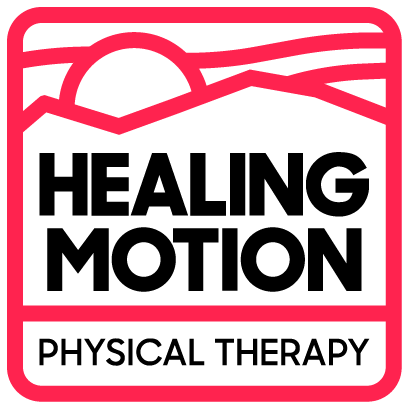Urinary urgency, with or without urinary leakage, happens when the bladder is contracting and sending signals to the brain that it is time to void. Urinary urgency can occur for different reasons, but can be linked to certain behavioral triggers, dietary habits, overactive or underactive pelvic floor muscles, and/or bladder tissue sensitivity.
Addressing behavioral triggers and addressing some bladder tissue sensitivity could be a great starting point, which we will outline below – however, we do recommend seeking care from a pelvic health PT specialist if symptoms persist.
Anxiety and increased stress/fight or flight response commonly is associated with urinary urge and urge incontinence. This is due to the nature of the fight or flight response – neurologically, your body wants to empty your bladder and bowels before you flee the perceived threat, making you as light as possible. However, in our current culture, our fight or flight response is not only linked to being chased by a saber toothed tiger or bear, but can be triggered by episodes in daily life or in some cases is constantly in an activated state.
When it comes to behavioral triggers, addressing the anxiety increase or stress response can be very effective. The first step is noting what those triggers are for you – running water, keys in the door, opening the garage door, seeing the toilet, seeing a line to get to the bathroom, etc. The next step is working to control the activation of the stress/anxiety response by taking some deep breaths, moving slowly, and using positive affirmations to get there in time without leakage. You can also use other urge suppression techniques, such as:
- Curling your toes
- Performing heel raises/going up on your toes (either in sitting or standing)
- Walking on your toes (only if this is safe for you)
- Squeezing your thighs together, activating your adductor muscle group
- Performing multiple quick pelvic floor contractions or kegels
- Application of manual pressure to the genital region
Dietary considerations can also impact urinary urgency, both with choices of fluid and food intake. Things like caffeine, carbonation, citrus, and sugar can be aggravating to the bladder either by providing a stimulating effect to the bladder muscle (detrusor) or aggravating the bladder lining tissue itself. There is no one-size fits all “diet” for improved bladder health – but paying attention to how your body responds to the mentioned substances can be a great place to start in your management of bladder health. Also, making sure that you are sipping water, consistently, throughout the day will be helpful vs. avoiding taking big gulps intermittently or not drinking enough water in general. There is no scientific support for a particular volume of water recommended per day, but paying attention to urine output and skin hydration could be assistive in assessing your individual hydration levels.
If you feel that overactive or underactive pelvic floor muscles may be linked to your urinary control issues, see a pelvic health physical therapist! We have a special set of skills to assess the pelvic floor function and provide treatment interventions to support the needs of your unique presentation. If you are in the greater Corvallis area, we’d love to see you and you can request your appointment here. You may also find a pelvic PT in your area by utilizing the links above.
You can learn more about other common pelvic health and women’s health problems in our Pelvic Health and Tips Resources.

